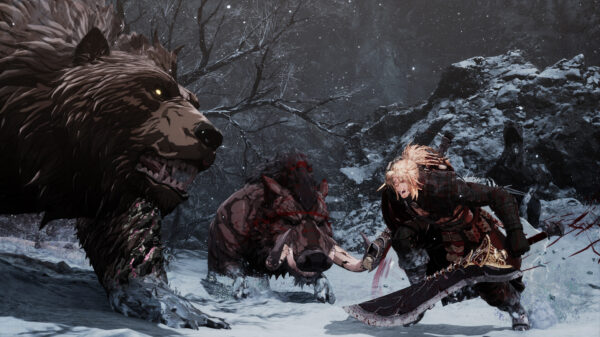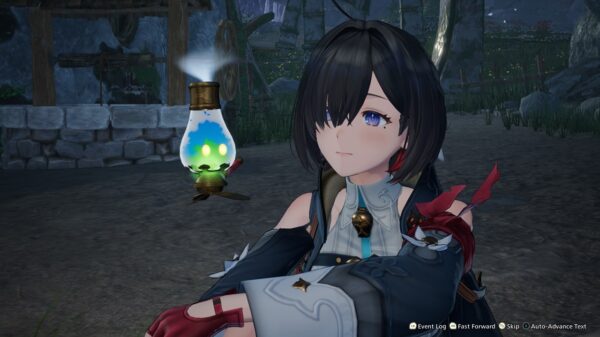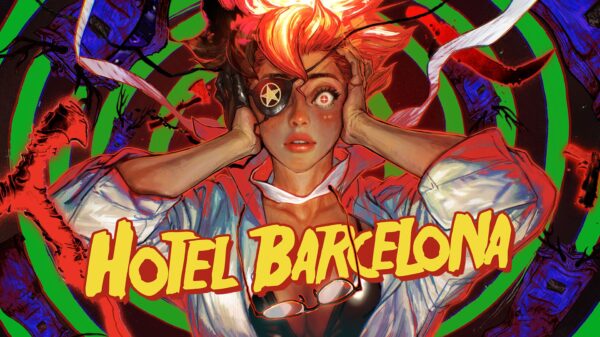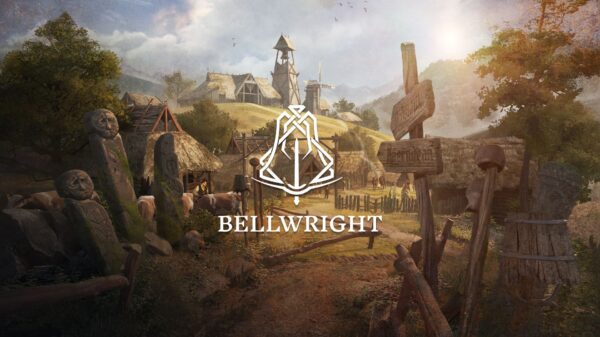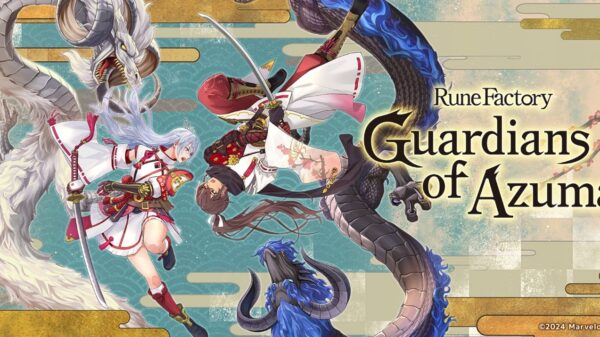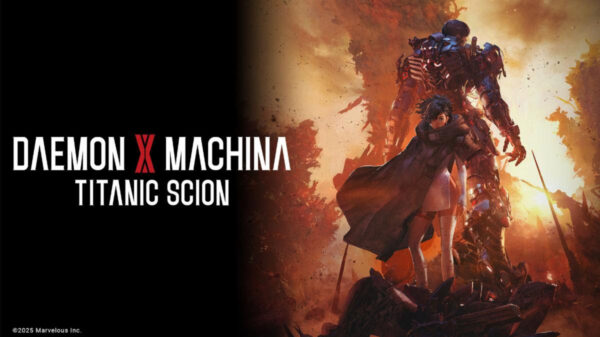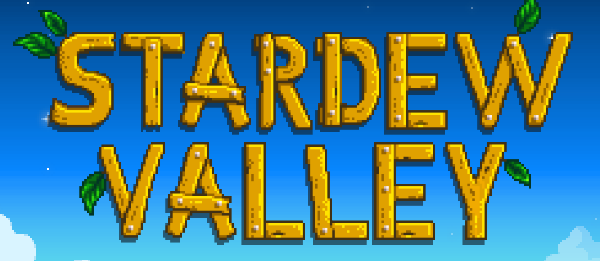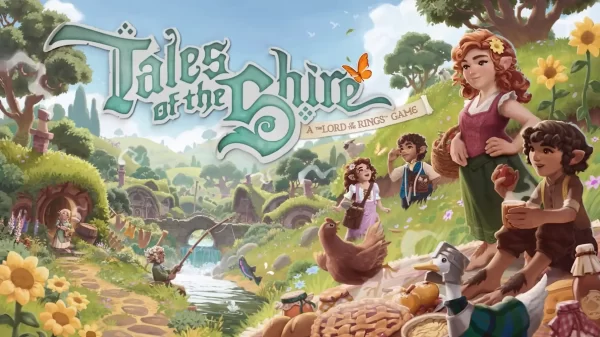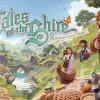Fans of Harvest Moon and Rune Factory finally get a similar game for the PC, but they may be pleasantly surprised to see that Stardew Valley is far more than a mere Harvest Moon clone.
Stardew Valley
Developer: ConcernedApe
Price: $14.99
Platform: PC
When looking for a game with heart, one can seldom find better than a single-developer passion project. Like last year’s indie darling Undertale, Stardew Valley is 2016’s runaway indie success story; it’s a game that oozes with charm and offers an impressive amount of content.
On the surface, most people may recognize Stardew Valley as a farming simulator with heavy influence from games like Harvest Moon and Rune Factory. For the most part, this assessment would be correct, but such a description alone does Stardew Valley a tremendous disservice. Creator Eric “ConcernedApe” Barone has made several small changes to the familiar formula, but these tweaks have an enormous impact.
In terms of game mechanics, Stardew Valley most notably expands on the genre’s roots by focusing on a player’s freedom to design the layout of their farm and home. This is closely paired with the introduction of a crafting system that might be familiar to most players, but is new to this particular genre. On their own, these may seem like minor additions, but when combined, the effect is nearly game-defining. Mining and woodcutting are both familiar activities in Harvest Moon games, but Stardew Valley adds a dimension to such tasks by allowing you to use resources like ore, wood and stone to craft a multitude of assets. The array of craftable goodies ranges from decorative paths and fences to barns, wells and silos, all of which you can choose to position anywhere in your farm. A quick search online will reveal hundreds of screenshots taken by fans to showcase the clever setups people have come up with.
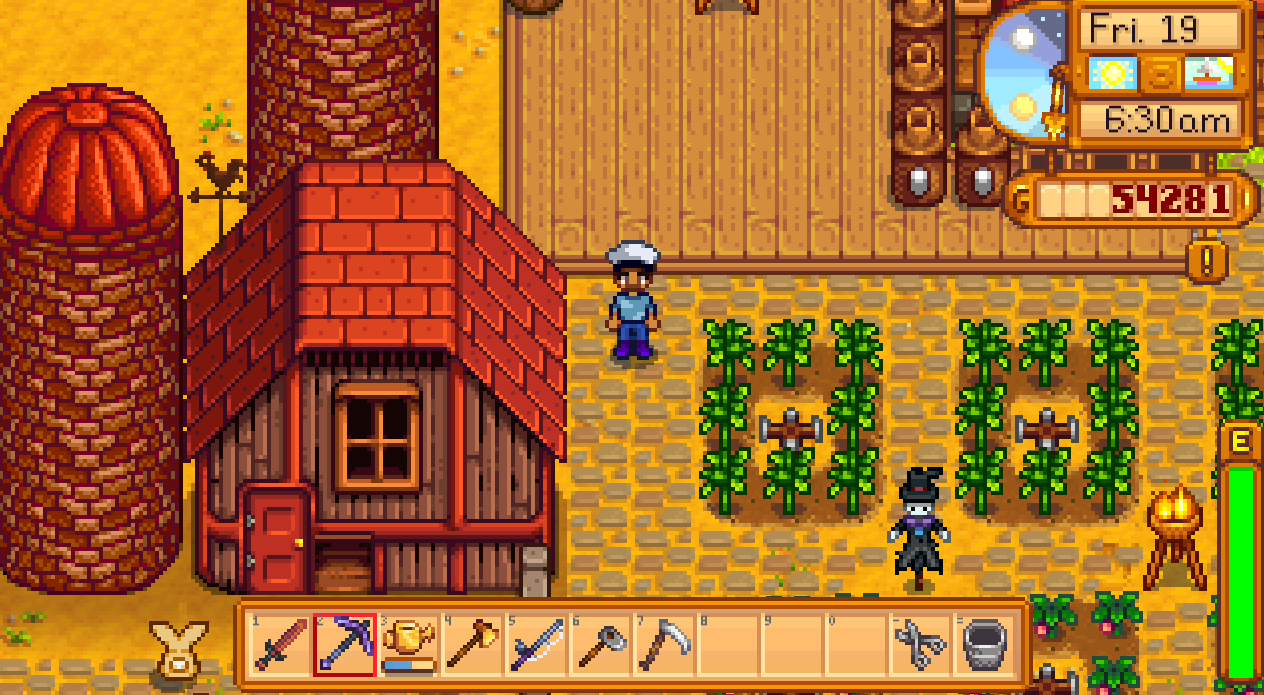
You have an astonishing level of agency over your farm’s design.
While having a strong level of choice over your farm’s design is a great change, it is certainly not the full extent of what Stardew Valley’s crafting system provides. Among decorative items and farm buildings, one can also construct utilities such as mayonnaise makers and sprinklers. The former allows one to shift the focus of their farm from just producing raw product such as grapes, eggs and milk to instead creating artisan goods such as wine, mayonnaise and cheese. It’s entirely up to you what kind of farming operation you wish to pursue. I also mentioned sprinklers, which are perhaps the most important kind of thing you can craft; these types of utilities allow you to automate chores such as watering plants. This gives a layer of progression to the game whereby you upgrade not just your tools, but also your farm as a whole, turning it from a small vegetable garden to a fully-automated operation. Such automation allows you to create a farm of ever-increasing size while still permitting time to do other things. And oh, are there ever other things to do.

There is an impressive breadth of objects to craft for your home and farm.
Stardew Valley’s Pelican Town is full of things to keep you busy. When you’re not mining, chopping wood, fishing, foraging, storing animal fodder for winter, or finding things to donate to the museum, you can always visit the Community Center. In this building, you are provided with a set of short-term goals to achieve, most of which revolve around acquiring specific items. This provides the player with a set of tangible short-term goals each season, which keeps every day fresh, as long as you still have things that can be collected. Since many of the tasks are season-specific, your goals become evenly distributed over time, giving you a consistent set of things to look for. With this, as well as upgrading farm tools, constructing farm buildings, upgrading your house, and so many other things, you will seldom find yourself without things to do, at least for the first two years (more on this later).

The Community Center offers a constant stream of short-term goals by providing things to find in a scavenger-hunt-like fashion.
The town is also home to dozens of unique characters with whom you will interact. This concept is not unique to the genre, but Stardew Valley puts a spin on the characters by adding some actual dimension to each character, no offense to fans of Harvest Moon games. Some characters may seem like caricatures on the surface: always angry, always superficial, always annoyed with rural life. But as you get to know each character better, you learn more about them, often revealing a very different side of their personality (except George; he’s always cranky). As time passes, you may find that a city-dweller who is annoyed with the simplicity of rural life grows to appreciate the simple life over time, eventually donating her fashionable clothes. There is a very human element to this game… and I really like that.
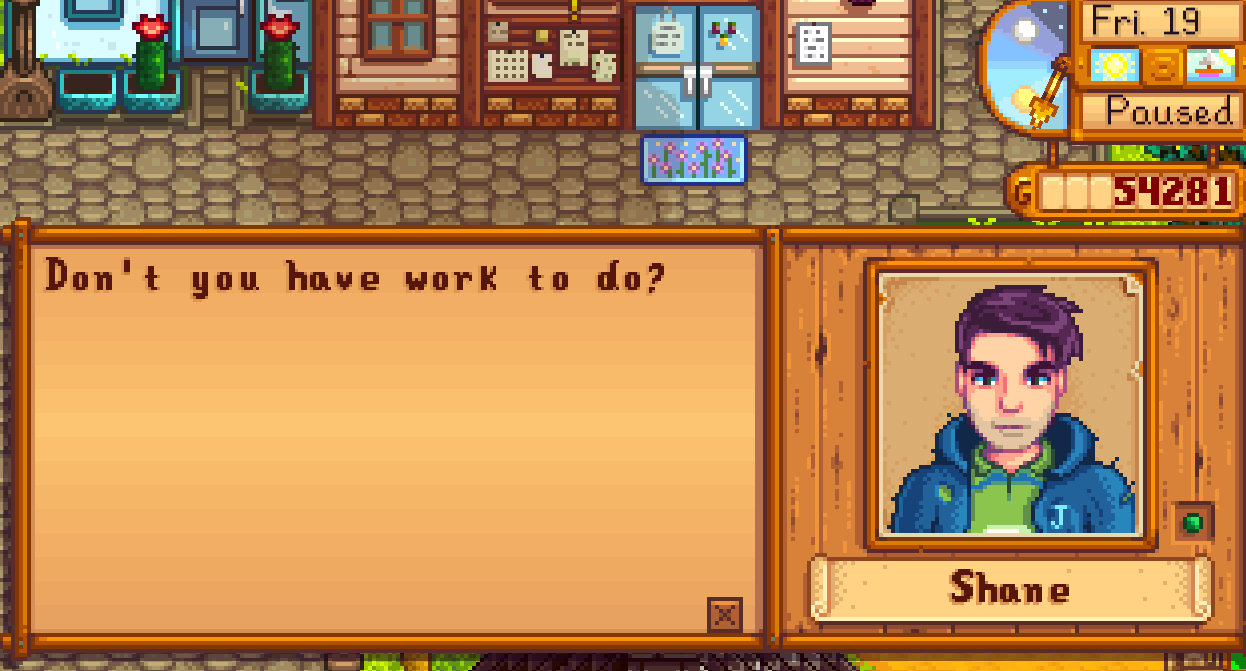
Even the most unlikable characters start showing a friendlier face as you become more familiar with them.
If I had to criticize one aspect of the game, it would likely be the unfortunate side-effect of having just a single developer. Specifically, while there is quite a wealth of content in the game, it does run out rather early before the game’s end. There is a point around the late half of the second year when it’s quite feasible that you have met all tangible goals such as getting married and fully upgrading the Community Center. Furthermore, the game could have done much more regarding the town’s antagonistic entity, the corporate superstore Joja Mart. The Joja Mart stands as a monument that is entirely opposite to Pelican Town’s otherwise rural and communal nature. Nonetheless, its presence seems mostly ignored as the game progresses, as I practically forgot the megastore was there a few months into the game. That said, I can certainly forgive the game for avoiding a more significant story arc involving Joja Mart in favor of the more lighthearted tone that it adopts.
Small gripes aside, I absolutely recommend Stardew Valley. It’s a game that is full of heart, and comes packed with quality content. It’s the kind of game that feels like an introspective into the developer’s passion, resulting in a game that is equal parts lovable and captivating. I expect that fans of Harvest Moon and Rune Factory will enjoy what Stardew Valley brings to the table, and newcomers to the genre will find quite a bit to love as well.
 The Final Word
The Final Word
Stardew Valley is charming, relaxing and fun, while also offering a tremendous amount of choice to the player. If you are just looking for a simple farming RPG, you will find much more than that here.
– MonsterVine Rating: 4.5 out of 5 – Great


